-

What do the track bikes used by Olympic and Paralympic athletes have in common with the earliest penny farthing bicycles? Rachel Thomas explores the relationship between gear ratios and speed in cycling in this article aimed at older students and general readers.
-
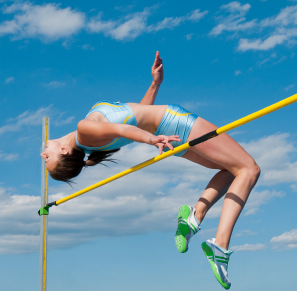
What role does rotation play in sport? What light does simple maths shed on the movements seen in sport and the stress they place on equipment and the human body? Professor John Barrow explains as part of his Maths in Sport video lecture series.
-
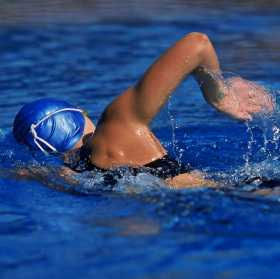
Do you think the triathlon will be won by someone who is very strong in one event and average in the other two, or someone who is strong in all three disciplines? This activity challenges students to analyse real-life data and use their knowledge of sport to explain what they notice, and is aimed at secondary maths students at Key Stage 4.
-
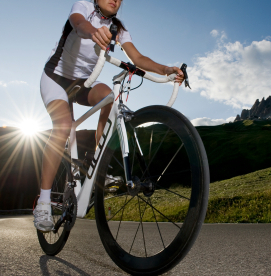
As a coach for a long distance cyclist, can you come up with a race plan to help him win his ride from Lands End to John o' Groats? This activity is a more challenging follow-on from Nutrition and Cycling and is aimed at secondary students at Key Stage 4.
-
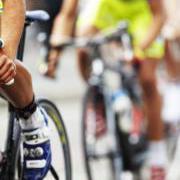
Can you analyse the nutritional needs of a long-distance cyclist to help him plan his calorie intake? This activity provides a real-life context for handling data, converting units and proportional reasoning and is aimed at secondary students at Key Stages 3 and 4.
-
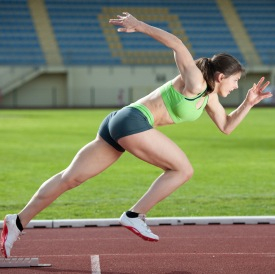
Runners and cyclists can tolerate heat and cold but the thing they dislike most is wind. They know it produces slower lap times on loop courses. John Barrow sees whether mathematics can provide the answer why in this short article aimed at older students and general readers.
-
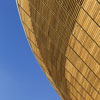
The Velodrome, with its striking curved shape, was the first venue to be completed in the London Olympic Park, and was shortlisted for the 2011 RIBA Stirling Prize, the UK's most prestigious architectural award. This article interviews structural engineers Andrew Weir and Pete Winslow, part of the design team for the Velodrome, to discover how mathematics helped create its iconic shape.
-
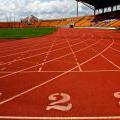
8 speed/time problems from Olympic athletics, rowing and cycling aimed at GCSE students (Key Stage 4). This activity encourages investigation and research for some parts of the questions, and gives students opportunities to construct and justify approximations and estimates.
-
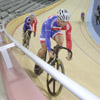
This article explores the Velodrome, the first of the London 2012 venues to be completed. With its sweeping curved roof and beautiful cedar clad exterior the Velodrome is a stunning building. But what most of the athletes are excited about is the elegant wooden cycle track enclosed inside. How does its geometry contribute to speed?
-
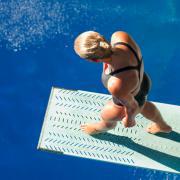
These project ideas explore moment of inertia and its consequences in a number of different sports including diving, gymnastics and cycling, and encourage investigation, experiment and discussion. This activity is aimed at higher level GCSE and A Level students (Key Stages 4 and 5).

